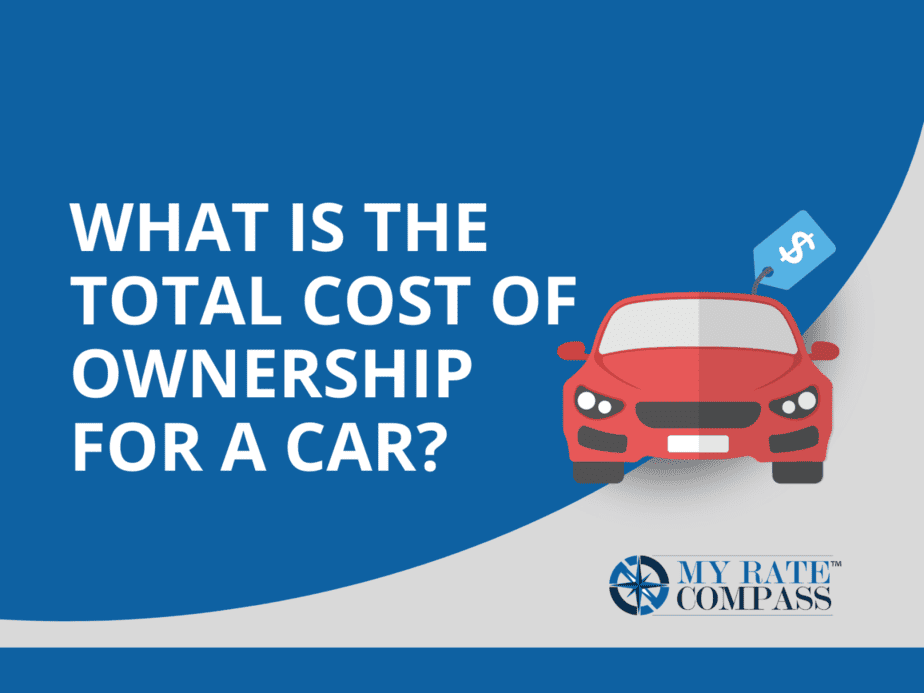At its most basic, life insurance offers financial protection and peace of mind to your beneficiaries after your death. After death, the insurer will pay out a sum of money, called the death benefit, to the beneficiaries, which helps them with unexpected expenses and supports them for a time.
Universal life insurance is a type of life insurance that offers flexibility and versatility. It includes not only a death benefit payout but a cash value component that accumulates as you pay your premiums. In this article, we outline four main types, including:
- Traditional Universal Life Insurance
- Indexed Universal Life Insurance
- Variable Universal Life Insurance
- Guaranteed Universal Life Insurance
For a summary and comparison table of each type of insurance, read to the end.
Type 1: Traditional Universal Life Insurance
Traditional universal life insurance is the most common type of universal life insurance policy. Below, we outlined the main features:
● Flexible premium payments: Flexible premiums allow you to adjust your coverage, premium payments, and face value (death benefit) as needed. Circumstances may change, and this flexible option makes it easier to pay life insurance through all seasons of life.
● Cash value: With this policy, some of your premiums go to your death benefit, and the rest go into a cash value account.
● Steady growth: Your cash value grows steadily based on the insurance rate set by the insurance company.
● Potential for loans: You can take out a loan against the accumulated cash value of your life insurance.
The main feature that differentiates traditional universal life insurance from other types of permanent life insurance, such as whole life insurance, is the ability to adjust premiums as you go. If you underpay for too long, however, your death benefit will be negatively affected, or your policy could lapse, so be careful using this option.
Type 2: Indexed Universal Life Insurance (IUL)
Indexed universal life insurance (IUL) is a type of universal life insurance that allows you to tie the growth of your cash value to a specific stock market index, such as the S&P 500. Here are the main features:
● Cash value: Much like traditional universal life insurance, Indexed life insurance offers a cash value component that grows over time.
● Cash value grows with the stock market: This type of insurance allows you to invest your cash value in specific stock market indexes, such as the S&P-500, or Nasdaq-100. If the stock market performs well, your cash value grows more and vice versa.
● Flexible premiums: Indexed universal life insurance offers flexible premium payments and death benefit payouts.
● Cap on Growth: IUL policies typically cap or limit the amount of growth you can receive. This is to protect against market volatility and to ensure the stability of the policy. Additionally, if the stock market performs poorly your cash value may grow less than anticipated.
The main feature of Indexed Universal Life Insurance is the ability to invest your cash value in the stock market. This type of insurance tends to be more volatile, but you may get massive returns. On the other hand, if the stock market doesn’t perform well, you may not gain as much benefit from this type of insurance. In some cases, the policy will guarantee an interest rate, making this type of insurance more reliable.
Type 3: Variable Universal Life Insurance (VUL)
Variable universal life insurance (VUL) is a type of universal life insurance that allows you to invest your cash value in a variety of investment options, such as stocks and bonds. This type of policy offers higher returns on your cash value than other types of universal life insurance. The main features are listed below:
● Cash Value: VULs also have a cash value component. The difference lies in what you can invest it in.
● Cash value investment: With a VUL, you can invest your cash value in various things, including stocks and bonds.
● Increased risk: VUL policies come with increased risk compared to other types of universal life insurance. The performance of your investments is tied to the market, and if the market performs poorly, your cash value may decrease.
● Flexible Premiums: VULs allow you to adjust your premiums and death benefit payments as needed.
This type of life insurance is considered the most risky. You stand the chance of losing all your cash value if the market takes a turn for the worse. If the market does poorly, you may need to pay higher premiums to cover the cost or risk your policy lapsing. Because of the risks, variable life insurance is not offered in Canada.
Type 4: Guaranteed Universal Life Insurance (GUL)
Guaranteed universal life insurance (GUL) is a type of universal life insurance that provides lifelong coverage with a fixed premium. GULs have features of both permanent and term life insurance. The features are listed below:
● Fixed premiums: With a GUL, your premium payments are guaranteed to remain the same throughout the policy, regardless of changes in your health or age.
● Limited Cash Value: A GUL may offer a small cash value component or no cash value at all. The main focus of the policy is the death benefit payout.
● Less flexible: Because a GUL is cheaper and offers fixed premiums, it offers less flexibility in terms of changing premium rates, late payments, and policy changes.
This type of policy is ideal for individuals who want predictable premiums and stable coverage. It offers an excellent way to access a permanent life insurance policy without breaking the bank. Because of this, it’s ideal for senior citizens trying to start a life insurance policy.
Comparing The Four Types Of Universal Life Insurance
| Universal Life Insurance Summary Table | |||||
|---|---|---|---|---|---|
| Type of Insurance | Cash Value | Investment | Premium payments | Can you take out a loan against the cash value? | Risk level |
| Traditional Universal Life Insurance | Grows at a steady interest rate in a cash value account. | Not applicable. | Flexible | Yes. | Low |
| Indexed Universal Life Insurance | Grows at the rate of your cash value investment in market indexes. | Yes. You can invest in stock market indexes. | Flexible | Yes. | Medium |
| Variable Universal Life Insurance | Grows at the rate of your cash value investment in stocks or bonds | Yes. You can invest in stocks and bonds. | Flexible | Yes. | High |
| Guaranteed Universal Life Insurance | Limited to no cash value available. | Not applicable. | Fixed to semi-flexible | No. | Low |
Each type of universal life insurance has advantages and disadvantages. If you’re looking for stability, Traditional and Guaranteed Universal Life Insurance offers predictable returns. The main difference between the two is the fact that Traditional Universal life insurance allows more flexible premiums than Guaranteed Universal life insurance.
On the other hand, if you want higher returns on your cash value, Variable Universal Life Insurance and Indexed Universal Life Insurance allow you to invest your cash value in stocks or market indexes. However, this type of insurance offers less predictability and a higher chance of loss, making them more risky.
Final Thoughts
When choosing a universal life insurance policy, it’s important to consider your long-term goals. Life insurance is intended to benefit your loved ones after your death, although you can still use the cash value component to take out a loan or invest it in the stock market during your lifetime.
With this in mind, it’s vital to understand how each type of universal life insurance works and to choose the right policy based on your risk tolerance, financial goals, and preferences for stability or high returns.




